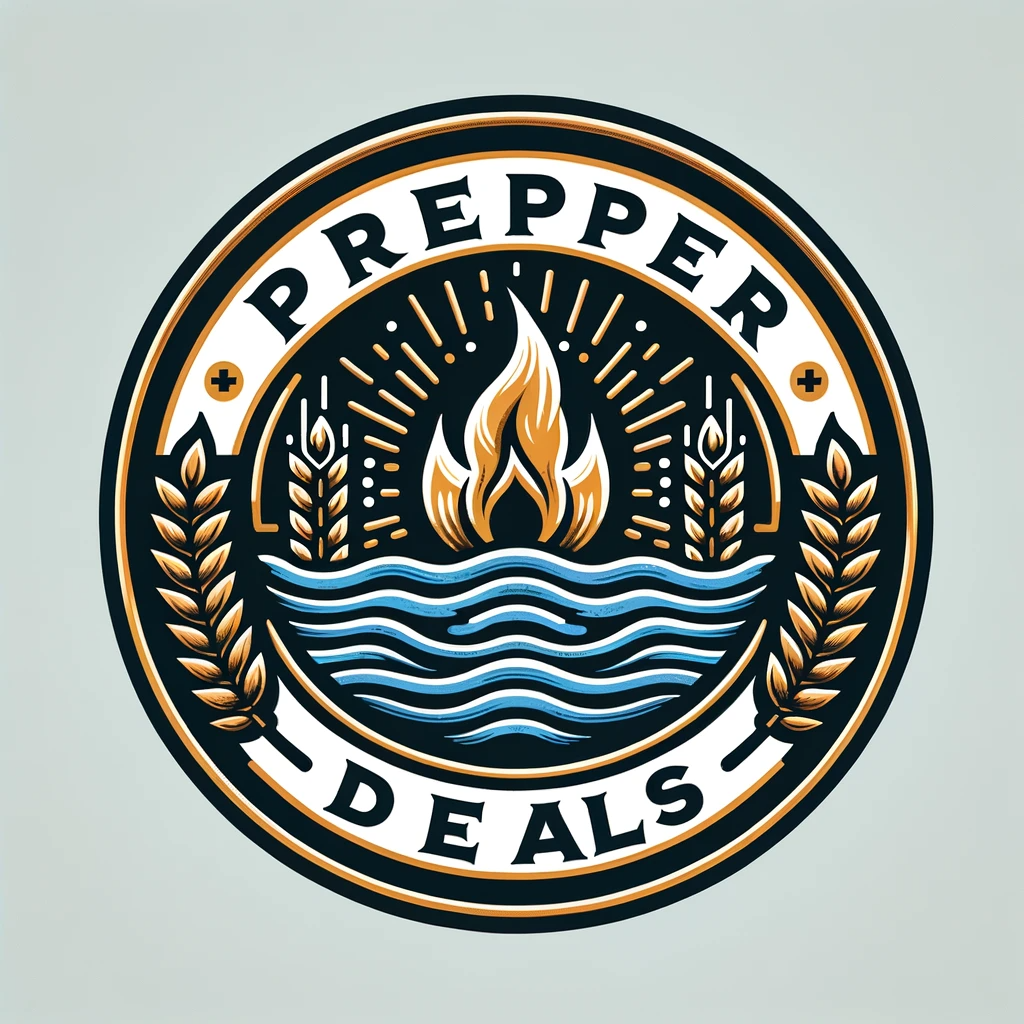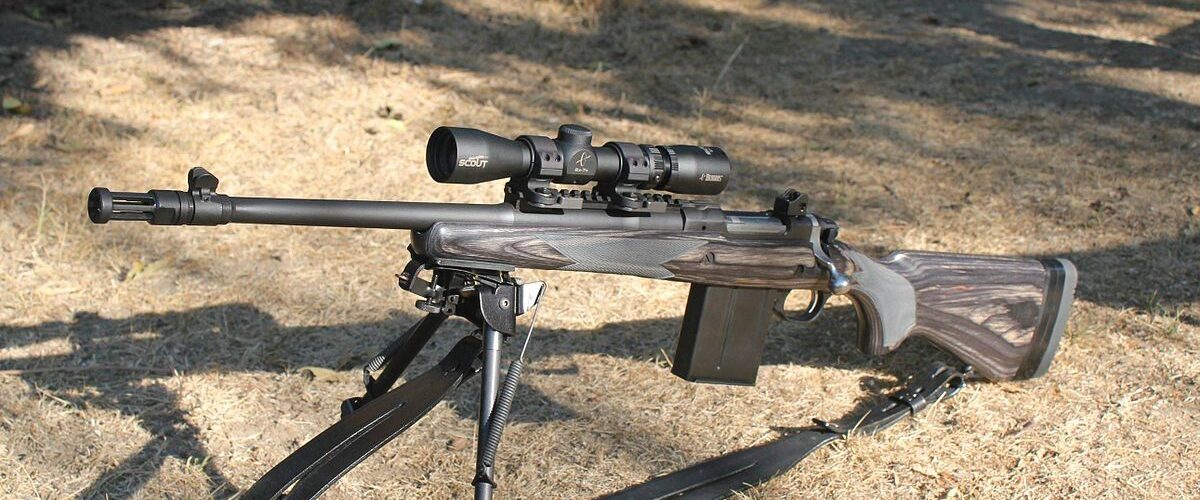The Scout Rifle Concept: Still Relevant for Preppers in the Age of the AR-10?
The Scout Rifle, a concept popularized by the late Jeff Cooper, has been a topic of discussion among firearms enthusiasts and preppers for decades. Conceived in the 1980s, the Scout Rifle was envisioned as a versatile, all-purpose rifle, ideal for everything from hunting to self-defense. However, with the rise of high-quality AR-10 platforms and other modern rifles, many are left wondering: is the Scout Rifle still a viable choice for preppers today?

Understanding the Scout Rifle Concept
Before we delve into the pros and cons, it’s essential to understand what defines a Scout Rifle. Jeff Cooper outlined several key criteria:
- Caliber: Typically chambered in .308 Winchester (or 7.62 NATO), a common, hard-hitting caliber capable of taking down medium to large game.
- Weight: Light and handy, usually around 6.6 lbs (3 kg) or less, allowing for easy maneuverability.
- Length: Compact, with a barrel length of about 16.5 to 18.5 inches, to make it easy to handle and carry.
- Optics: Equipped with a forward-mounted, low-powered scope (usually 2-3x magnification) to allow for rapid target acquisition with both eyes open.
- Accuracy: Designed to be accurate at ranges up to 400 meters, ideal for most realistic shooting scenarios.
The Scout Rifle was designed to be a “general-purpose” rifle — capable of handling a wide range of scenarios without being overly specialized.
Pros of the Scout Rifle for Preppers
- Versatility: The Scout Rifle is the ultimate all-rounder. It can be used for hunting, self-defense, and even as a survival tool. Its versatility is hard to match, making it a one-rifle solution for many scenarios.
- Portability: Lightweight and compact, the Scout Rifle is easy to carry over long distances, a critical factor if you need to bug out or navigate rough terrain.
- Reliability: Scout Rifles are usually bolt-action, which means fewer moving parts and less chance of malfunction. This reliability is invaluable in a survival situation where maintenance options might be limited.
- Caliber Availability: Chambered in .308, the Scout Rifle uses a caliber that is widely available and effective for both hunting and defense.
- Fast Target Acquisition: The forward-mounted scope allows for rapid target acquisition and situational awareness — a significant advantage in dynamic scenarios.
Cons of the Scout Rifle for Preppers
- Limited Firepower: With its bolt-action mechanism, the Scout Rifle has a slower rate of fire compared to semi-automatic rifles like the AR-10. In a high-threat scenario where rapid follow-up shots are required, this could be a disadvantage.
- Magazine Capacity: Scout Rifles typically have a lower magazine capacity (usually 5 to 10 rounds) compared to modern semi-automatic rifles. This could be a limiting factor in situations requiring sustained fire.
- Outdated Optics Concept: While the forward-mounted scope has its benefits, many argue that modern optics technology has surpassed this concept. Today’s scopes and red dots offer faster target acquisition and better accuracy.
- Recoil: Chambered in .308, the Scout Rifle can have noticeable recoil, which might be a drawback for smaller-framed or less experienced shooters.
Does the AR-10 Make the Scout Rifle Concept Moot?
With the advent of high-quality AR-10 platforms, some might argue that the Scout Rifle is outdated. The AR-10 offers several advantages:
- Semi-Automatic Capability: The AR-10’s semi-automatic action allows for faster follow-up shots, which is crucial in defensive situations.
- Modularity and Customization: AR-10s offer unmatched modularity. With endless customization options, you can tailor the rifle to fit your exact needs, whether it’s adding optics, foregrips, or extended magazines.
- Greater Capacity: Most AR-10 platforms offer a standard magazine capacity of 20 rounds, far surpassing the Scout Rifle’s capacity.
- Accuracy and Optics: Modern AR-10 rifles, with free-floating barrels and advanced optics, can achieve remarkable accuracy. This is especially true with today’s high-quality ammunition and advancements in scope technology.
However, the AR-10 comes with its own set of drawbacks. It’s generally heavier, which can be a significant disadvantage in a bug-out situation. Its semi-automatic action also requires more maintenance and is less forgiving in adverse conditions compared to a bolt-action rifle.
What Does Garand Thumb Think of the Steyr Scout?
Final Thoughts: Is the Scout Rifle Still Relevant for Preppers?
Ultimately, whether the Scout Rifle or an AR-10 is the better choice depends on your specific prepping philosophy and scenario planning. If you value simplicity, reliability, and versatility in a lightweight package, the Scout Rifle remains a strong contender. On the other hand, if you prioritize firepower, modularity, and modern optics, the AR-10 might be the better choice.
For a deeper dive into the history and development of the Scout Rifle, The Scout Rifle Study: The History of the Scout Rifle and its Place in the 21st Century by Richard Allen Mann is an excellent resource. Mann explores not only the origins and philosophy behind the concept but also its evolution and relevance today. There is also an accompanying DVD (I’m not really sure how to even watch that anymore).
The Scout Rifle concept still holds value, especially for preppers who prioritize reliability, versatility, and ease of maintenance. However, the modern AR-10 brings significant advantages that can’t be ignored. As with any prepping decision, the key is to evaluate your own needs, scenarios, and capabilities — and choose the tool that best fits your survival strategy.


















